
Senua's Saga: Hellblade II Review
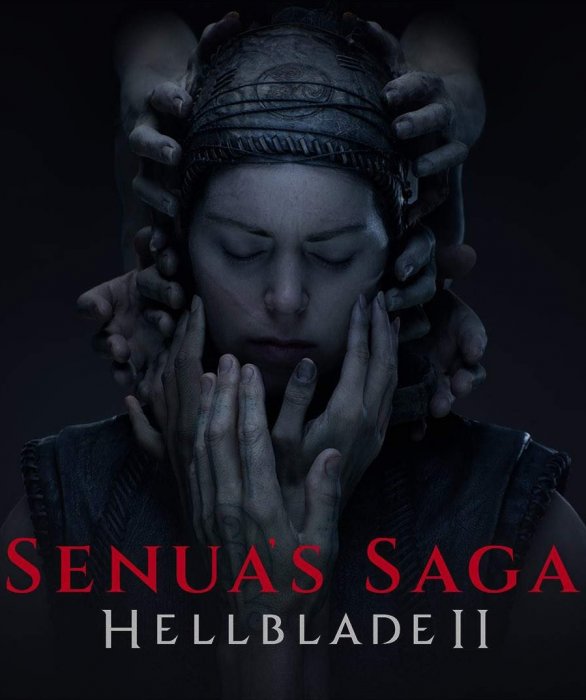
Pros
- Stunning photorealistic visuals
- Haunting, creative use of sound
- Oozes mood & atmosphere
- Excellent voice acting and motion capture
- Memorable setpieces and encounters
Cons
- Cinematic design consistently restricts gameplay
- Narrative suffers thematic and pacing issues
- Short length may disappoint some players
- Singular experience, little replay value
There are no rules to creating art.
Whether your chosen medium is music, literature, film, theater, or simply paint and canvas, no limitations should be placed on the creator in terms of expectation - from critic, audience or otherwise. Freedom of creation has resulted in a culture vibrant with styles, personalities, designs, fashions, and methodologies. It’s why we have both The Godfather and El Topo, why we can experience Taylor Swift as well as Black Flag; and why Catcher in the Rye sits alongside Naked Lunch and The Tiger Who Came to Tea in your local bookstore.
It’s important to have room in all mediums for all styles, voices, and experiences. Failure to do so results in a gentrification of design, where all artists walk, (or more likely are aggressively “encouraged” to walk), a singular path that replicates the most common forms of monetary success.
When you apply freedom of creation to gaming, however, it gets a little trickier. Perhaps more so than any other medium, video games come with more stringent, (and more vocal) audience expectations. A vast majority of the game-buying public expect their games to look, sound, and play a certain way, last a typically expected runtime and offer an expected level of content. Moreover, there is often a presumption, quite unfairly, for a game in a given genre to match up, conceptually, with other releases in that same genre.
As such, when a video game developer chooses to follow a very specific design path, it runs the risk of alienating audiences, upsetting publishers, and shortening the bottom line. Regardless of this threat, it’s hugely important that these titles get made - as much in the big-budget game space as it is in the independent scene. The day developers stop committing to their own personal visions, aspirations, and intentions, then the sooner our favorite medium becomes an indistinguishable clutter of template titles.
Or, God Forbid, Live Service Games.
Lead Her. Follow Her. Love Her. Fear Her.
Releasing after a lengthy, half-decade development process, Senua’s Saga: Hellblade II is now available on PC and Xbox platforms - the latest release from British developer Ninja Theory. The follow-up to award-winning 2017 predecessor, Hellblade: Senua’s Sacrifice, the sequel represents not only the growth of the studio itself, (now nestled within Xbox Game Studios despite remaining independent as a developer), but also the changing face of game design, spurred on by the powerful technology of modern platforms. Hellblade II is a title that attempts to push various traditional elements of gaming to new horizons from a conceptual, technical, and narrative stance - and while it most assuredly achieves these goals, it does so at the cost of some of the more traditional, popular, and sewn-in of video game concepts. For better and for worse.
Following on from the events of Senua’s Sacrifice, Hellblade II sees young Orcadian warrior Senua looking to thrive, or even survive, in the harsh and unforgiving plains of 9th century Iceland. Senua is still perpetually haunted by the traumas of her past and present, which has burdened the hardened fighter with a severe psychosis. Senua’s condition sees her constantly battling against her doubts, fears, guilt, worries, and unbridled rage - manifesting itself in invasive voices, disturbing visions, and suicidal tendencies. Having already slayed a god and returned from a sojourn to Hell, Senua is attempting to control her mental ills - focusing on putting her demons to work for her, rather than against her. This is the shakiest of alliances, however, and the specter of her pitiless father, the loss of her dear lover, and her life of hardship and violence continues to cruelly taunt-and-support her from moment to moment.
Hellblade II begins in medias res, with Senua willingly captured by Norsemen slavers, hoping to infiltrate their camp, slay their goði, and free her fellow Orcadians. Unfortunately, the slave ship is destroyed en route, which sees Senua washed ashore, surrounded by the bodies of her fellow captives, and thrust into another painful, bloodstained odyssey of psychological torment and visceral horror. An odyssey that will bring Senua face-to-face with mysterious allies, ruthless enemies, and a trio of terrifying, towering giants, wreaking havoc along the Icelandic shoreline.
(1 of 2) Senua will be aided by allies such as the wise pathfinder, Fargrímr
Senua will be aided by allies such as the wise pathfinder, Fargrímr (left), and the warrior tribeswoman, Ástríðr (right)
As with its predecessor, Hellblade II focuses on a narrowed, cinematic experience, choosing a linear pathway for its game design at the cost of player freedom. Senua’s Saga attempts to put the player directly in its protagonist’s head, while not quite giving them direct agency over her choices and methods. This results in a title that can “lock” its hero’s actions, ideals, and decisions, in efforts to “protect” her from immersion-breaking silliness, or mood-shattering distractions. The player controls Senua throughout her journey, no doubt, but is essentially funneled down a very singular road. This is actively designed to protect the mood, narrative, characters, and immersion of the piece but - by doing so - places blinkers on the player’s own sense of choice.
And therein lies the core divide from Hellblade II and other titles of its ilk, one that will ultimately polarize the audience. Senua’s Saga is looking to engage the player in living, breathing cinema; to have the player live Senua’s experience - her world, her trials, her battles, at a designated pace and rhythm that doesn’t allow for interruption. This is a video game, however, and so some players may feel that this “No not like that, like this” doesn’t offer the typical entertainment, freedom, and interactivity that the medium is known for. It’s certainly a fair argument - as games are often reflections of the players’ skill, choices, and talents. Hellblade II, by contrast, has made many of those decisions for the player, frequently asking that they do little more than hold forward, pressing buttons for the occasional obstacle mount or door opening. Senua’s Saga plays out as a cinematic journey to be experienced, rather than a challenge to be tackled. This is Senua’s story, and the player is encouraged to join her on it, rather than actively dictate it.
This operatic nature is reflected in Hellblade II‘s combat sequences, masterfully choreographed scenes of close-quarter combat that are visually - and viscerally - stunning but simplistic in design. Senua’s combat is restricted to several strike options and a handful evades, stripping back the kick and parry maneuvers from its predecessor. Fighting boils down to reading the opponent’s movement, evading their attack, and finding the moment to unleash a flurry of strikes, ably assisted by the channeling of Senua’s rage for almost superhuman feats of strength.
Senua’s Saga plays out as a cinematic journey to be experienced, rather than a challenge to be tackled. This is Senua’s story, and the player is encouraged to join her on it, rather than actively dictate it.
While the combat mechanics are simplistic to the point that they resemble the laserdisc games of the 1980s, there is no denying that the fight sequences are disgustingly cathartic. Taking inspiration from Game of Thrones vaunted “Battle of the Bastards” episode, Hellblade II’s brutal, dirty violence feels raw and relentless despite its superficial control. Much like the exploration, this visual style and immersive carnage is achieved at the cost of agency and depth, but this is in keeping with Hellblade II‘s overall experience, and to compare the game’s combat to, say, a Soulslike is to miss the point entirely.
If you go to see Shakespeare, or any other period piece on stage, characters rarely switch out their weapons, suddenly pull out throwables, or drink potions for health mid-fight. For Hellblade to do so would immediately shatter the immersion of the entire game. It’s fine for an Elden Ring or a Monster Hunter to have that depth in combat - it is the nature of their design - but Hellblade II isn’t trying to be a Soulslike, or even an action-RPG. It can only deliver battle mechanics that fit snugly alongside its overall aesthetic. In that regard, Hellblade II’s combat is perfect for Hellblade II, but absolutely pales in comparison to the strategy, depth, and style of its contemporaries.
(1 of 2) Hellblade II’s violent combat trades depth and variety
Hellblade II’s violent combat trades depth and variety (left), for choreography and chaos. (right)
It almost seems redundant to praise Hellblade II‘s visual design. You have eyes, after all. But it can’t be denied that Senua’s Saga is one of the most stunning titles ever produced. The photorealistic visuals are dazzling, with lifelike vistas, atmospheric weather effects, beautiful motion-captured animations, and eye-meltingly gorgeous visual effects. While Senua’s world is often dark, empty, and uninviting, Ninja Theory’s talent brings out the beauty of barren icy tundras, distressingly claustrophobic caverns, and grim, bloodstained villages. The use of effects such as roaring fires, thick fogs, and even the Aurora Borealis, (localized entirely within Senua’s head), offer an oddly compelling invite to Senua’s torrid and violent world. Expertly motion-captured actors bring life and personality to Hellblade II‘s cast of heroes and villains. Hope and hardship etched into their faces, with eyes, (forever the toughest element to replicate) that truly tell the story of each character’s challenging life.
This visual splendor is married to Hellblade II‘s excellent sound design, masterfully crafted especially for a headphone experience, and perhaps the true highlight of the entire game. Mixed with scalpel precision, the oppressive weather, clash of steel, and screams of suffering and anguish meld with the many voices inside Senua’s own head - constantly, (that is constantly), bombarding Senua with equal amounts of doubt and pride. This effect is underlined by stellar voicework provided by all parties, with perpetually shifting tones of anger, sarcasm, cynicism, sadness, fear, and bravery used to represent Senua’s bleak mental state, and her frequency to slip between strength and frailty. The audio design is the game’s key element - more so than its stellar visuals, cinematic design, or heavily-themed narrative.
These elements all shine purely through the work done by Hellblade II’s score, sound, and voice-acting, turning what is essentially a linear adventure into a deeply evocative, thoughtful experience.
(1 of 2) From terrifying visions and beautiful vistas
From terrifying visions and beautiful vistas (left), to reality-bending effects. Hellblade II is alive with visual splendor (right)
Senua’s Saga‘s goal is to sew the player into an emotionally affecting cinematic experience, in exchange for giving up gameplay depth and control agency. For this to pay off, Hellblade II has to master both its aesthetic and its narrative goals. While the former is certainly a triumph, the latter is a bit lacking. *Senua’s Saga* features an investing, haunting, and compelling story, but one that is not without flaws. Even with its scant six-to-seven hour runtime, Hellblade II is oddly paced. The long, arduous quest to slay the first giant, Illtauga, takes up roughly 70% of the adventure, while the two remaining giants are squeezed into the remaining 90 minutes. This is a frankly bizarre decision and, given the heartbreaking and deeply affecting confrontation with Illtauga, (arguably the high point of the game), the following giant encounters are a little more rote, narratively if not aesthetically. Perhaps the initial plan was for a longer adventure, that would see Senua face down a party of giants across extended chapters? Regardless, the pacing of these three quests is strangely weighted.
The pacing also affects the appearance of several new characters, with Senua’s allies and enemies underdeveloped due to their scant screentime. Only one of these characters completes an arc, and given that Senua’s story this time around is focused on other parties - rather than herself - it is strange to see new allies such as the pathfinder, Fargrímr, and the tribe leader, Ástríðr, pushed to the sidelines. That said, it should be noted that every character is ably performed, bringing intrigue and excitement to the tale. Seeing Senua working alongside others is a fresh dynamic and very welcome.
It is up to the individual as to whether the price is worth paying - metaphorically and literally - for a sublimely created, expertly produced, but ultimately linear game-playing experience.
And then, there’s Senua herself. The beating heart of the whole endeavor. Senua remains an arresting, sympathetic, and - for many of us I’m sure - sadly relatable character. There is a frustration felt in her torment. A desire to see her reach a better place in a world that cannot possibly provide her any sense of security. We live in Senua’s head, bombarded by her torment, cruelly taunted with unearned guilt, and mocked by her self-hatred. But we also get to hear her growth, experience her moments of self-worth, and be a part of her own triumph.
Senua’s Saga focuses more on Senua’s interaction and aid of others, shifting the focal point from Senua’s Sacrifice - a much more personal journey. This is both a positive and a negative, as while we still get to see Senua’s transition to a woman gaining control of her trauma, it also makes the overall story more of a generic RPG quest.
“Help our poor village defeat the Big Bad, stranger” etc…
Still, Senua’s Saga is peppered with incredible sights and thrilling setpieces. A perfectly-paced horror sequence in a claustrophobic, subterranean cave is a terrifying experience, while the confrontations with each giant are unique, shining assaults on the player’s senses. An extended fight in a burning village ignites unashamed bloodlust, while a nightmarish wade through black waters, haunted by the ghosts of the drowned, sends chills up the spine.
While some of its themes remain harmed by pacing, there are some topics that are kindly, even gracefully handled - spearheaded by the central questions of what makes “A Monster”, and how responsible and redeemable we are for our actions. While Hellblade II doesn’t always offer clear-cut answers, such is the way of the world. Perhaps now those questions are more pertinent than ever. In efforts to make perhaps the single most “interactive cinematic” title ever, Ninja Theory doesn’t quite strike gold in every department, but in the areas where the developer has triumphed, it raises the bar with its ambitious ideas and tight execution.
Spectacular sound design and voice-acting bring Senua’s world to life
Which leaves the ultimate question: Is Senua’s Saga: Hellblade II a success? It’s a difficult question to answer, dependent on what the person laying down their $50 is expecting. As a compact, emotional, and cinematically-focused experience, long on style and tall in technology, Hellblade II is an absolute success. As a narrative tale, featuring expertly explored themes and a taut, flawless story, Hellblade II is mostly a success. As a player-focused video game, offering deep mechanics, a freely explorable world, and long-life replay value, Hellblade II doesn’t really deliver.
In focusing on the story it steadfastly wants to tell; in the protection of its world and characters; and in the galvanization of mood and atmosphere, Senua’s Saga trades agency, longevity, and choice. It is up to the individual player to decide whether that is a price is worth paying - metaphorically and literally - for a sublimely created, expertly produced, but ultimately linear game-playing experience.
But, going back to the intro of this review. It is important that developers such as Ninja Theory have the opportunity to produce such visions. Projects that are unfettered by expectation of what a video game “should” be. In a gaming era as controversial, as focus-driven, and as executive-pleasing as this one, we need upper-tier releases that dare to break the mold, to revisit the ambitions of yesterday, to take the risks, and to venture into darker, more alienating themes and styles. No, Senua’s Saga is not Elden Ring, it is not Baldur’s Gate 3, nor is it Bloodborne. But it never was supposed to be. And it’s vital - vital - to the future of gaming that we allow titles to be what they are, with all of their triumphs and tragedies, to ensure that there remains many flavors available at the buffet table. And, at the risk of editorializing, I’ll take a gamble such as Senua’s Saga, warts and all, over another 10 years of Radio Towers and Hidden Packages.
This review is based on a retail build of the game purchased by the reviewer
Sins of the Fathers
A visual and aural triumph, Senua’s Saga: Hellblade II trades agency, freedom, and longevity to galvanize mood, atmosphere, and other, more cinematic qualities. By its very design, Senua’s Saga will polarize an audience rich with choice-driven adventure games. But by committing to its vision, Ninja Theory has crafted a thoughtful and haunting slice of violent opera - long on style, short on length, and certainly deserving of acclaim.
Gameplay:
Sound:
Graphics:
Story:
Value Rating:
Editor
5 Comments
This is one of the best reviews I've ever had the pleasure of reading, either for a video game or any other piece of media. I can tell how much heart you poured into this one, from the analysis to the criticisms to how Hellblade II deserves a place in this industry.
Thank you for always doing what you do best, Moyse.

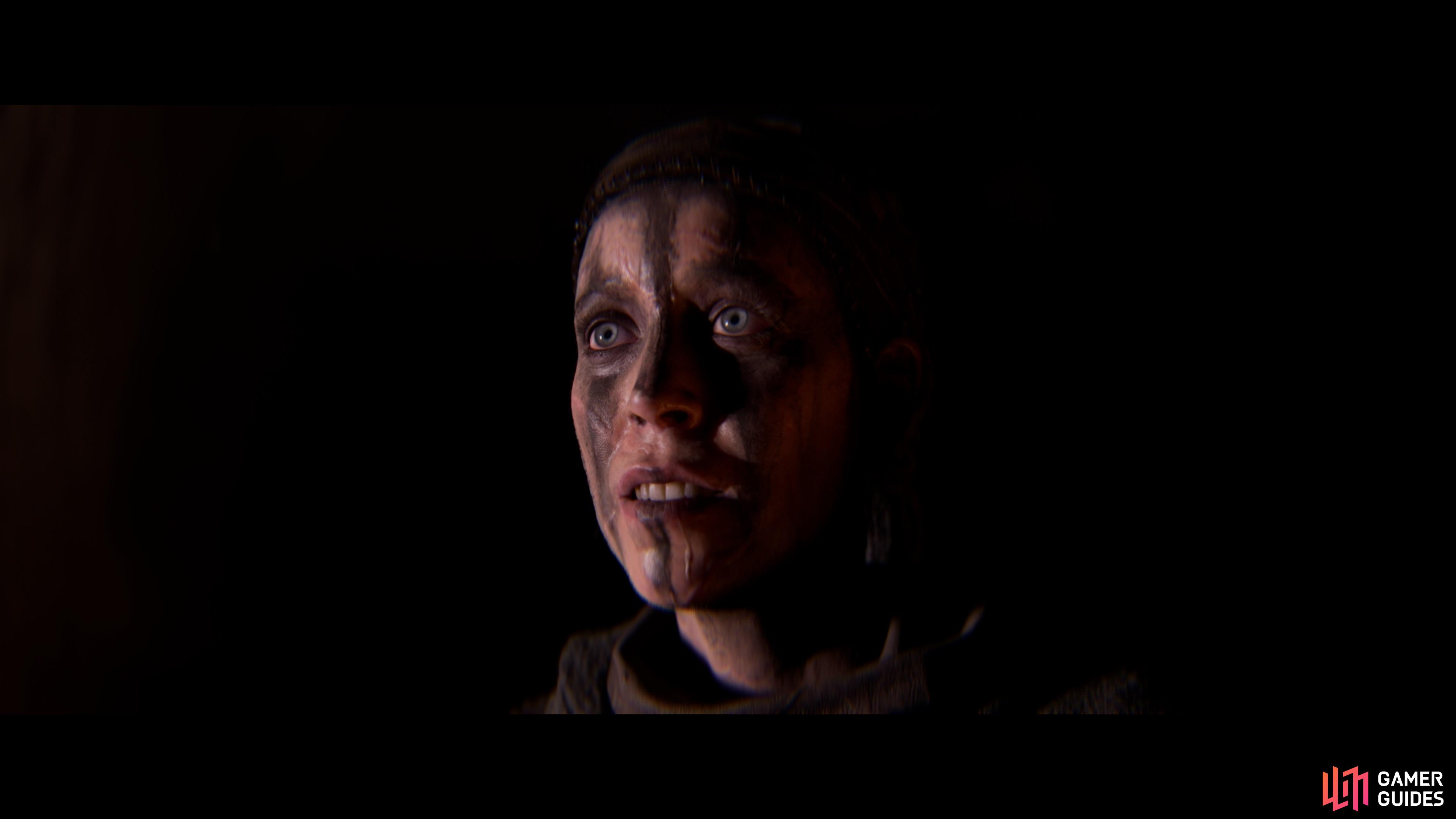
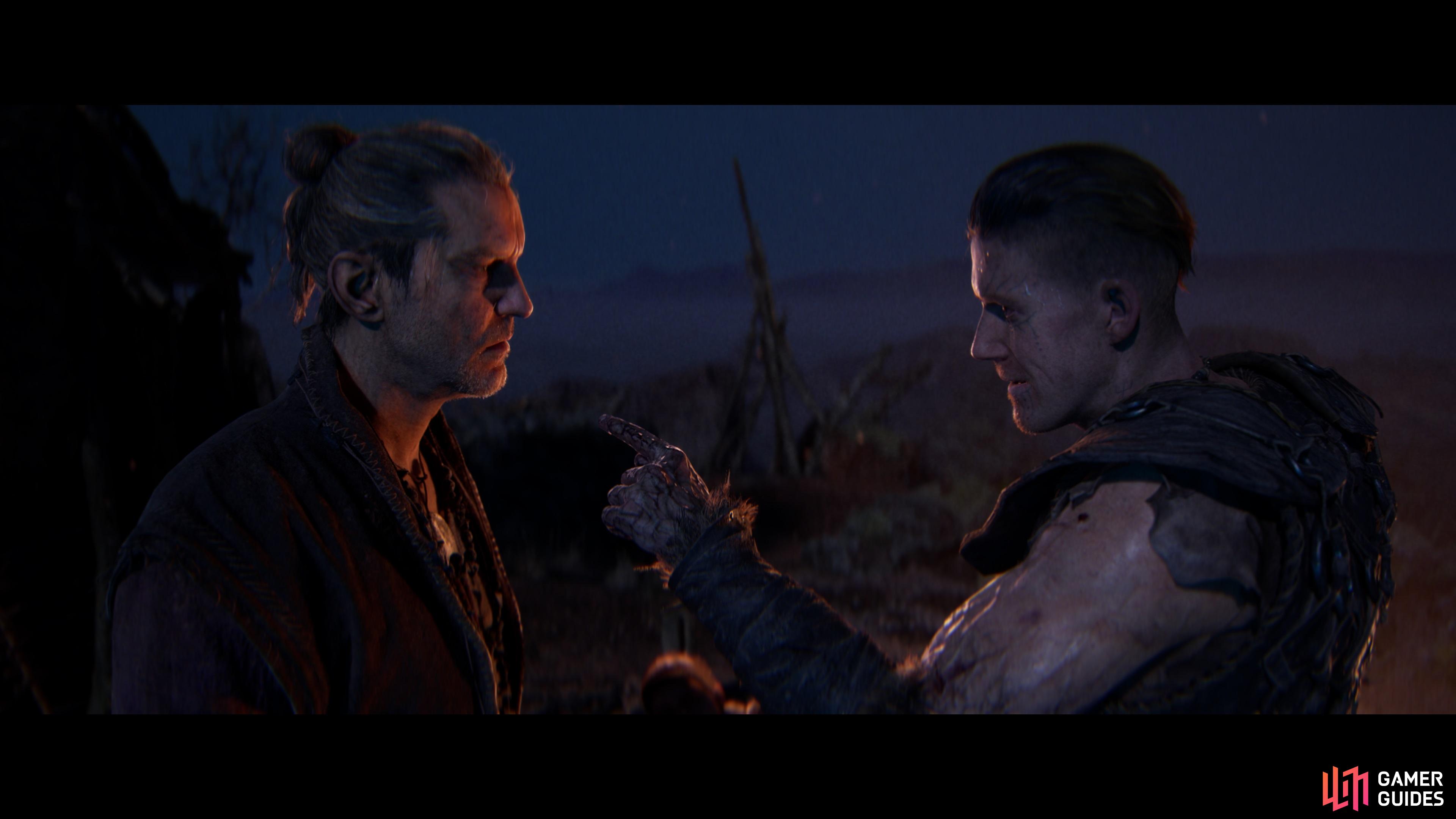
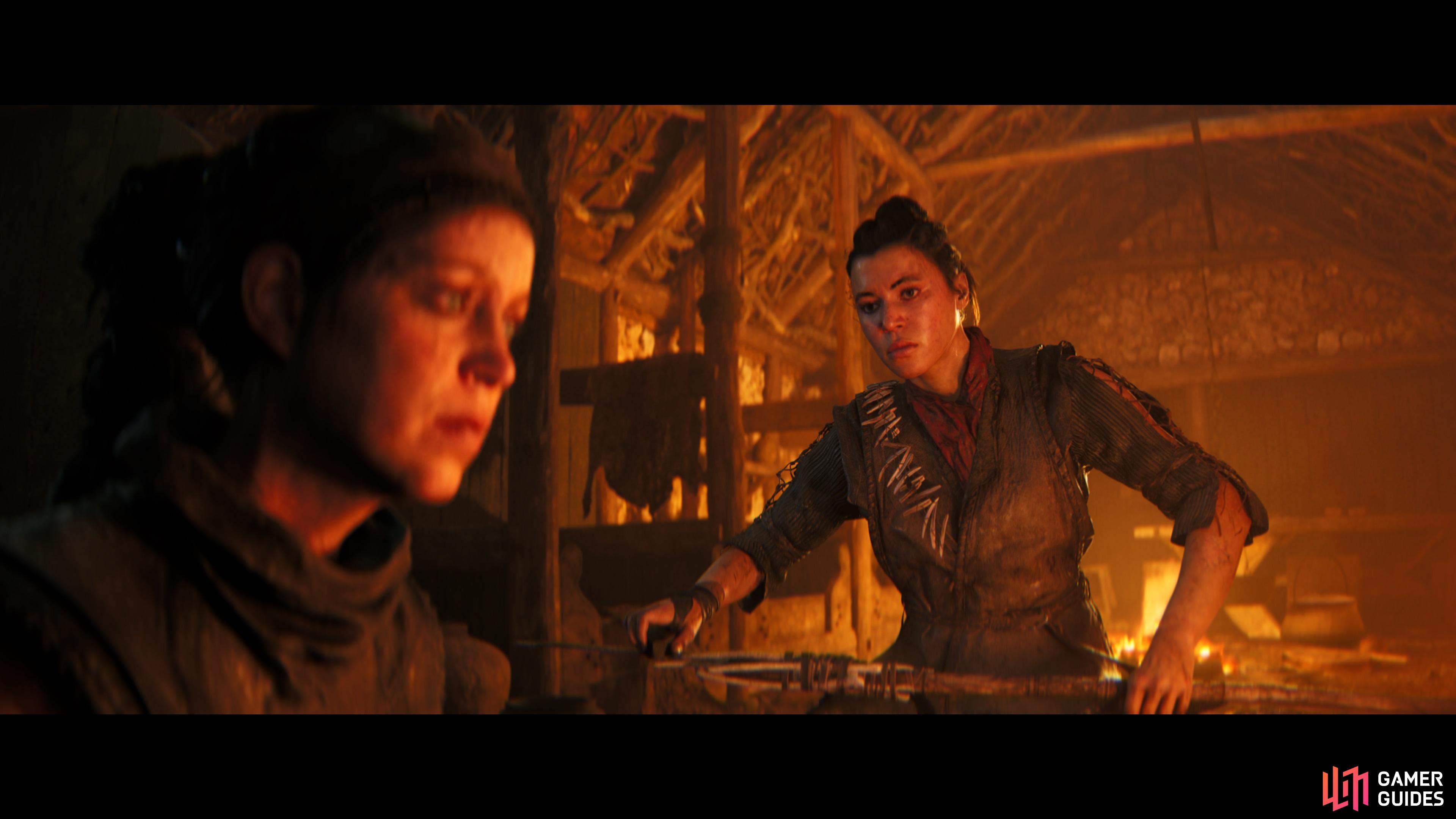
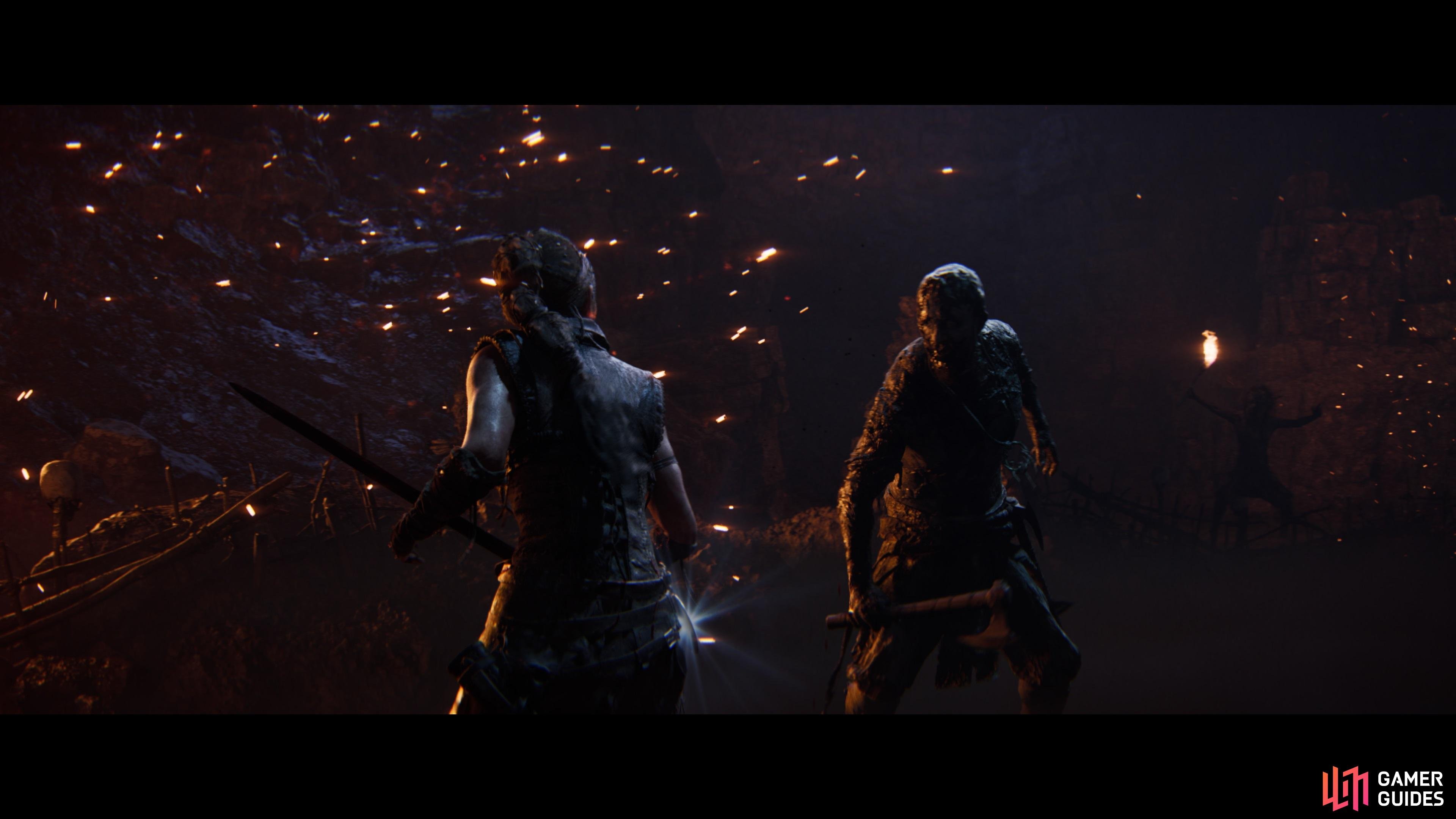
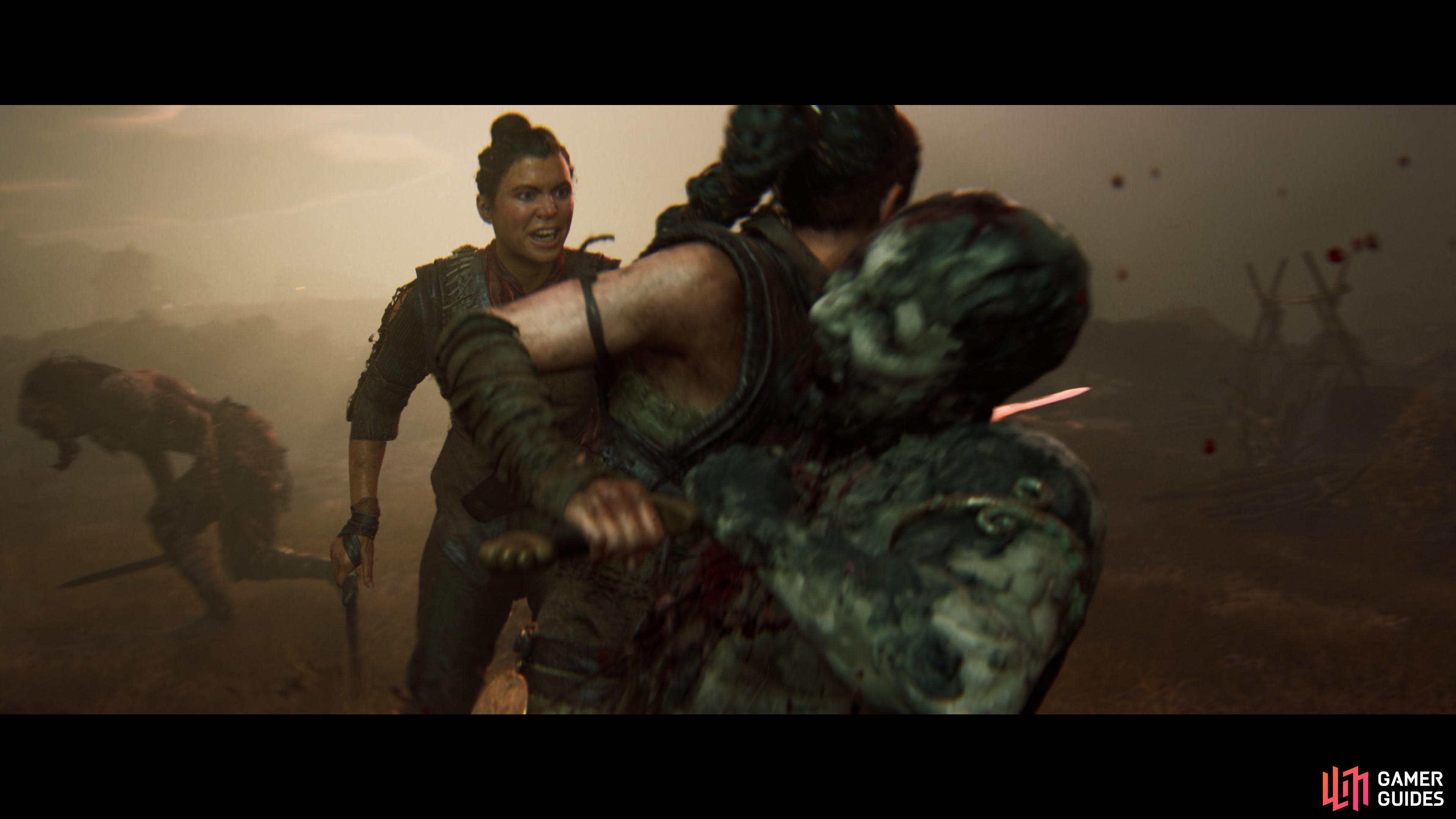
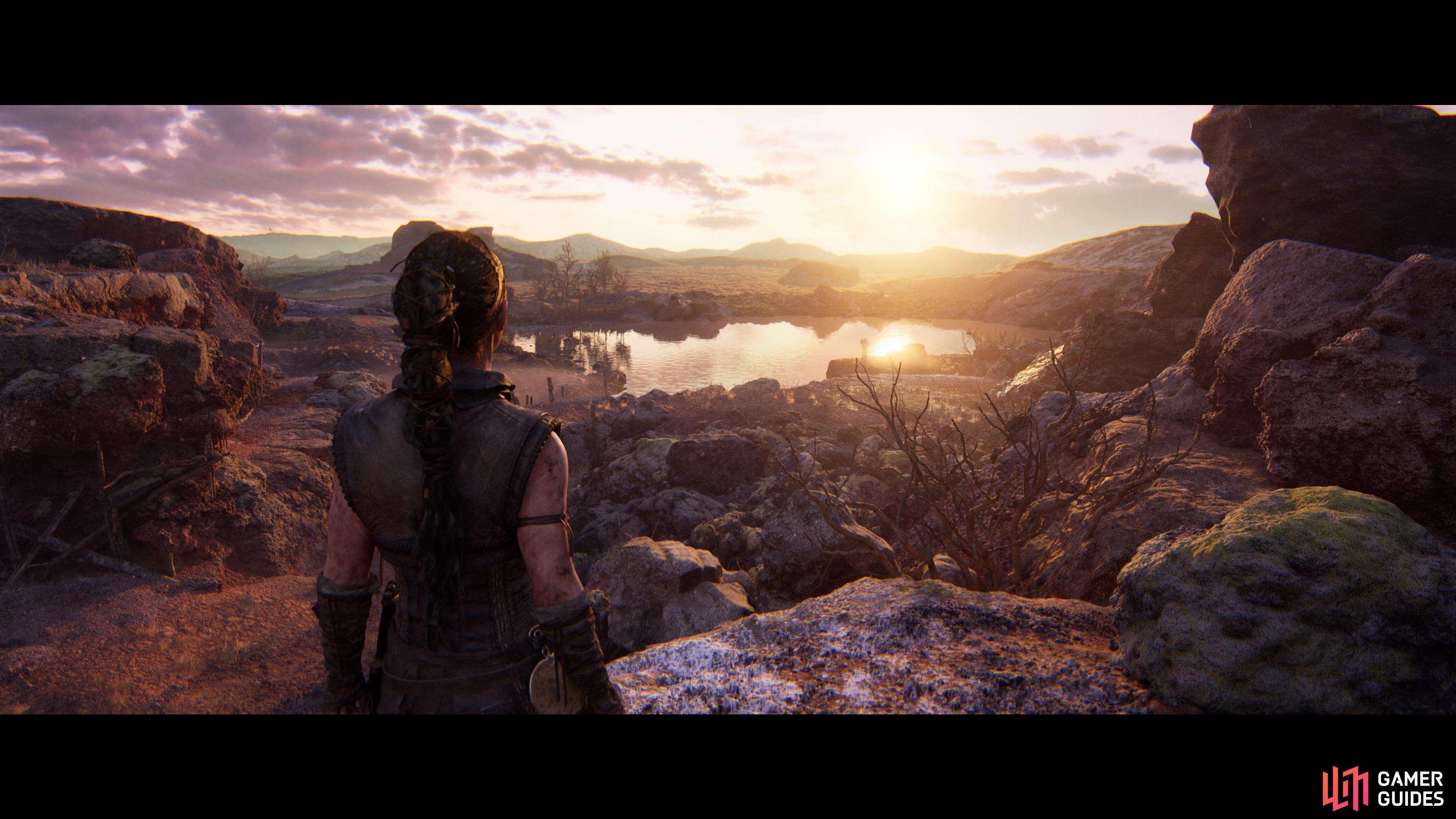
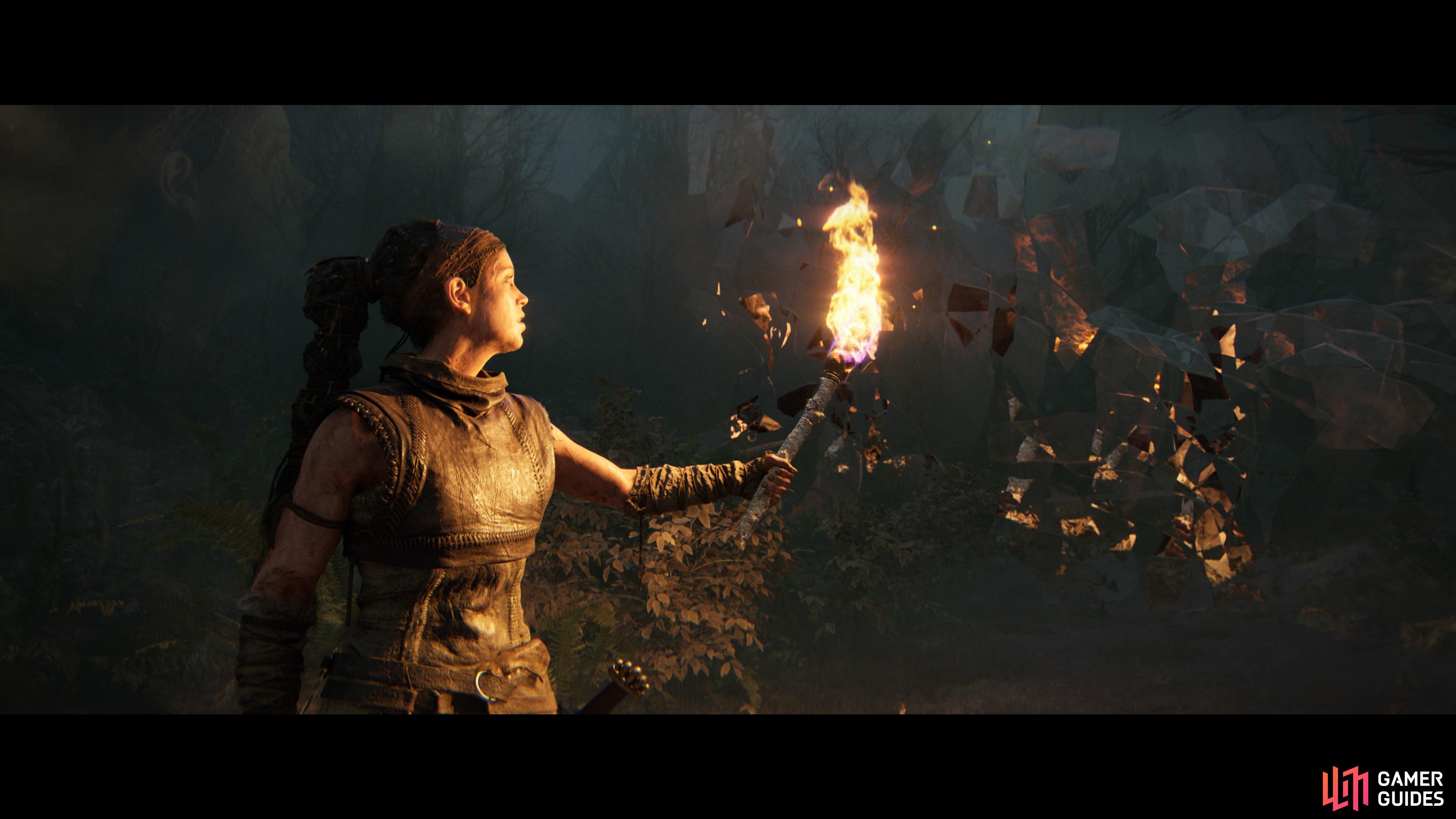
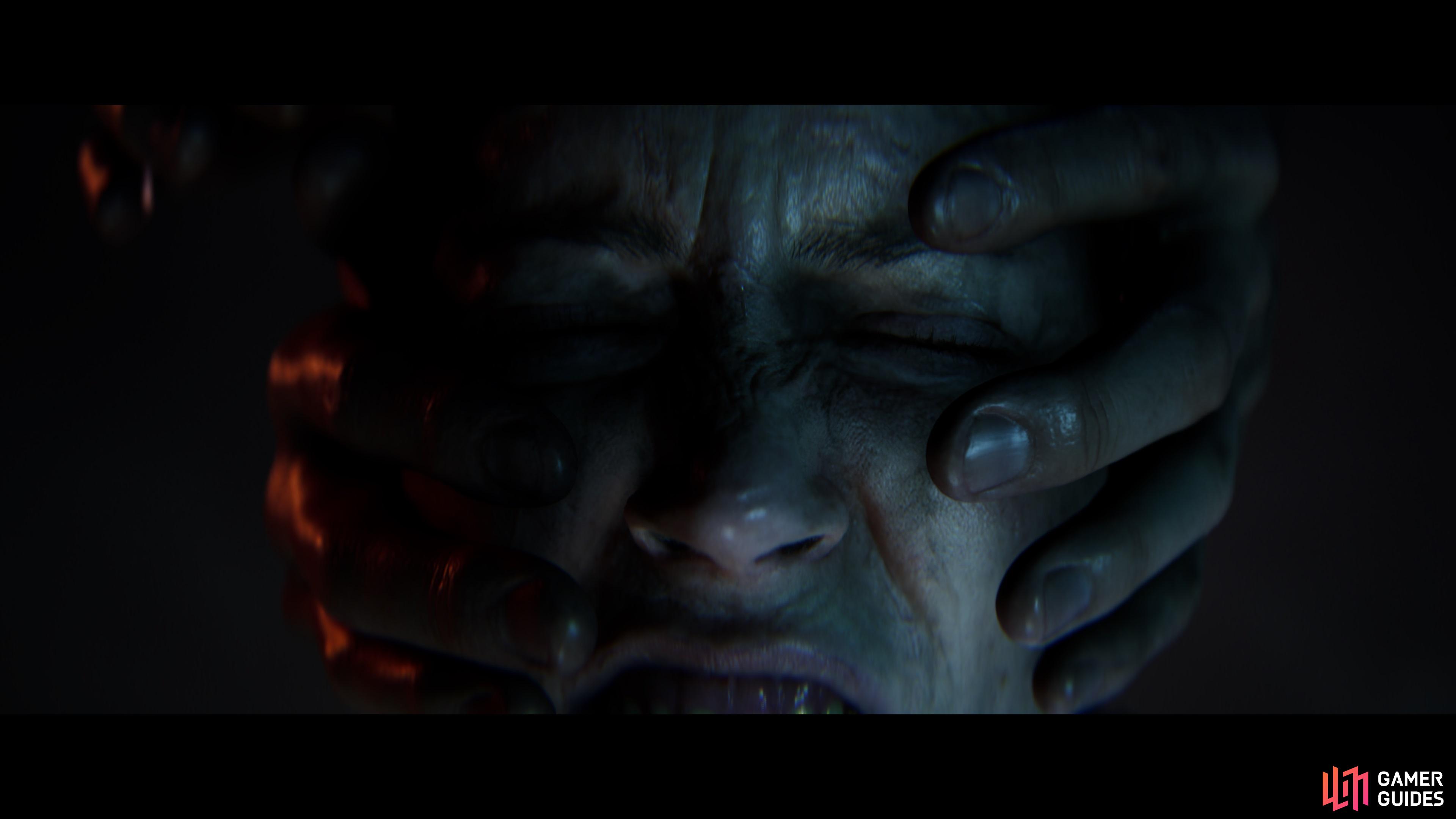




Excellent write up as always, Moyse. And it’s so important as you said for there to be games like this.
Equally important is for there to be reviewers like you who bring a different perspective and artful and passionate writing style.
Very nicely written, Mr. Moyse ! I should really check out these games someday. You do make a compelling argument in favor of such productions.
Glad this game and its predecessor exist, but neither seems to be my thing. And that's okay. Not everything can or should be for everyone.
Thanks for the review Moyse.
This is one of the best reviews I've ever had the pleasure of reading, either for a video game or any other piece of media. I can tell how much heart you poured into this one, from the analysis to the criticisms to how Hellblade II deserves a place in this industry.
Thank you for always doing what you do best, Moyse.
Very kind words, Timothy. Thanks for reading and for the support.